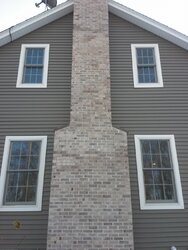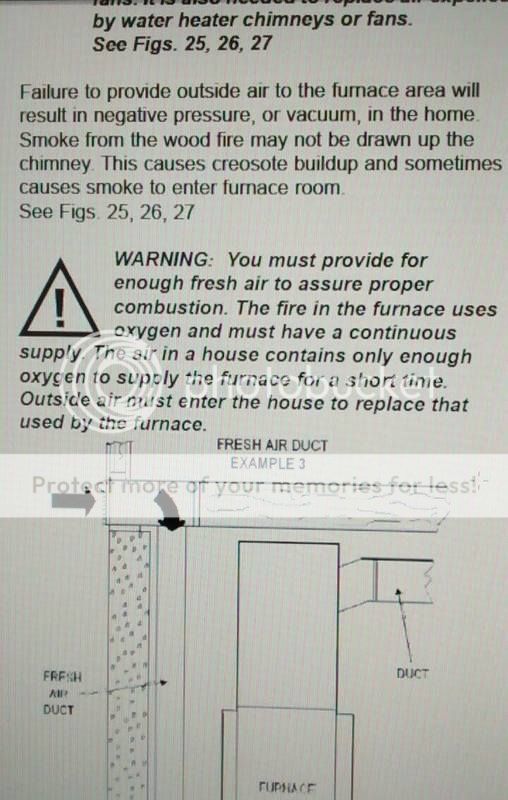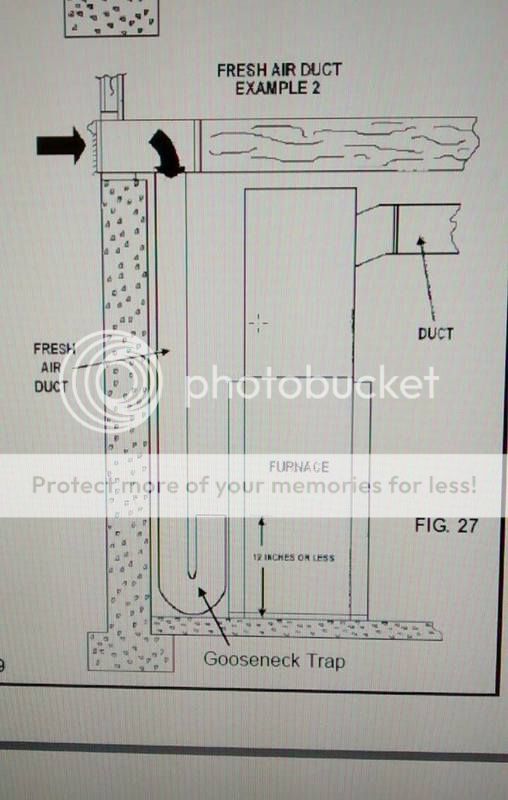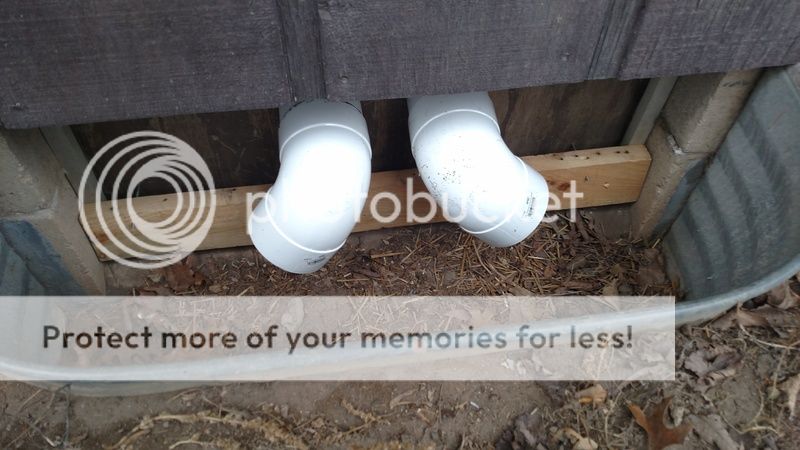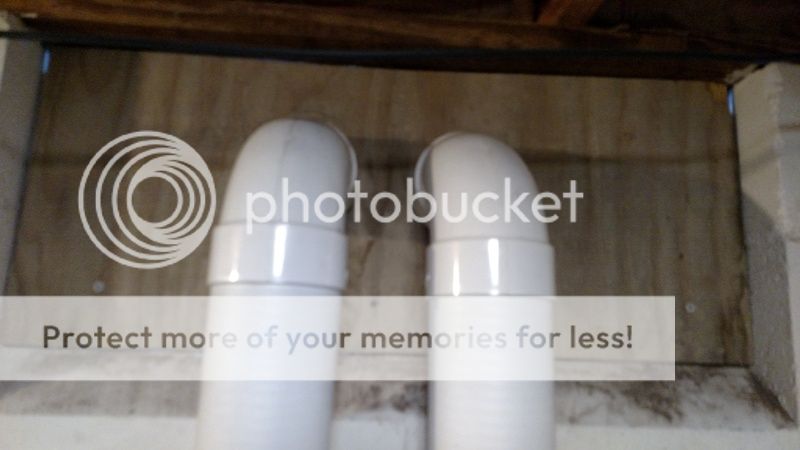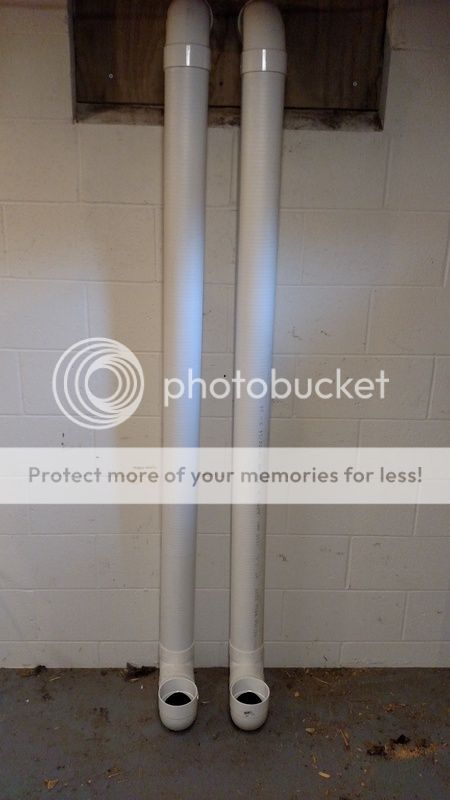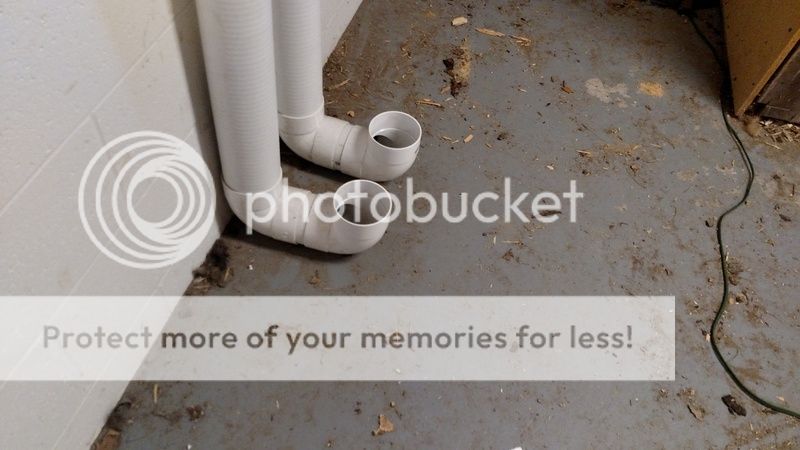Jo191145
Burning Hunk
Seeing as you've tried feeding it air I would think your right and the answer lies in the exhaust side.
You could try taping a mirror to a stick at a 45 degree angle and looking up through the clean out door or thimble, whichever is easiest. On many fireplaces the basement flue is cocked to allow for the firebox. You may not be able to see anything, maybe you will. A drop light fed down from the top is another old trick.
The old days foundation walls were just eight inches at least around here. Then the switch to ten inches made things worse. I was able to convince the contractors I worked for to revert the fireplace bump outs back to eight inches.
Are there any damper systems in the stove itself that could be not working correctly?
With the door open and burning for half an hour you should have a hellacious draft and things getting scary. If it's not roaring like crazy you indeed have a draft issue as long as there's plenty of air on the intake side.
You could try taping a mirror to a stick at a 45 degree angle and looking up through the clean out door or thimble, whichever is easiest. On many fireplaces the basement flue is cocked to allow for the firebox. You may not be able to see anything, maybe you will. A drop light fed down from the top is another old trick.
The old days foundation walls were just eight inches at least around here. Then the switch to ten inches made things worse. I was able to convince the contractors I worked for to revert the fireplace bump outs back to eight inches.
Are there any damper systems in the stove itself that could be not working correctly?
With the door open and burning for half an hour you should have a hellacious draft and things getting scary. If it's not roaring like crazy you indeed have a draft issue as long as there's plenty of air on the intake side.
Last edited:



